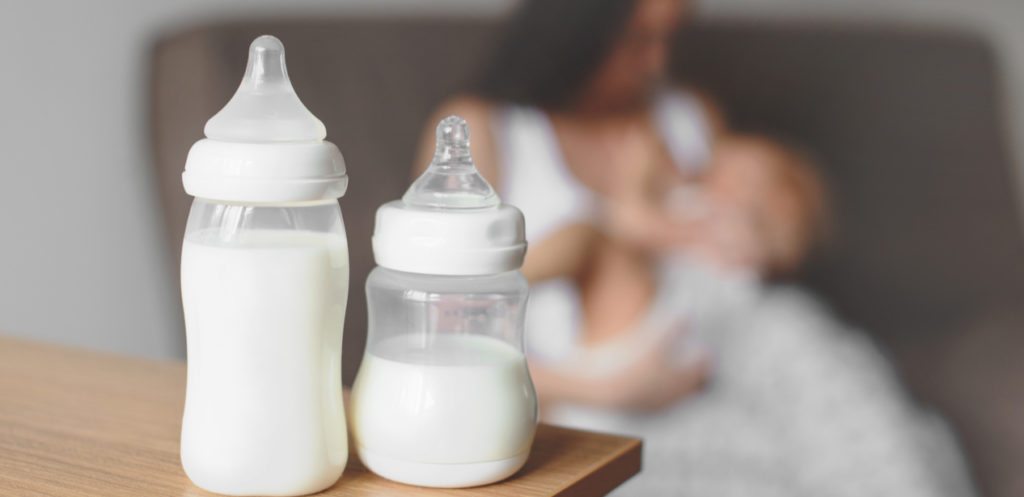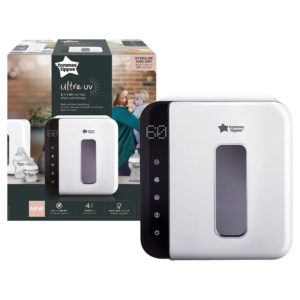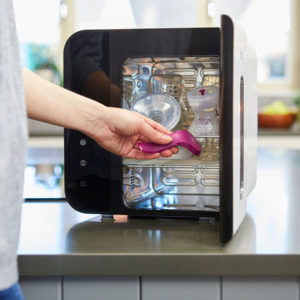When you have a newborn baby, every little detail will matter to you. One of the most common things mums discuss is infant oral candidiasis. But many mums do not know what this is and why it happens. Therefore, this article answers all your questions one what it is, signs and symptoms, and how to cure it.
What is oral candidiasis?
Oral candidiasis is also called oral thrush. It is a fungal disease caused by a yeast germ. This infection appears as white spots in the mouth and oral cavity. Those spots usually cause a slight discomfort or itchiness in the mouth. In addition,
Why do infants get this disease?
Commonly, newborn babies get oral thrush because their immune system is still immature. So, their bodies cannot control the levels of the yeast germs. Also, some antibiotic courses can cause this disease. And not only the ones your baby takes, but also the ones you take if you are breastfeeding. Moreover, poor oral hygiene can increase the chances of getting oral candidiasis constantly.
In addition, newborn babies can pass this disease to their mothers if they are breastfeeding them. If that happens, the breastfeeding mum will feel itchiness, redness and slight discomfort. In this case, we recommend you see a doctor. Your doctor will probably give you a cream for this.
Signs and symptoms
- – Lumpy white spots in your baby’s mouth.
- – White spots in your baby’s oral cavity: tongue, inner cheek, gums, and tonsils.
- – Unexplained pain or irritation.
- – Slight bleeding, especially when itching the spot or trying to remove it.
- – Small cuts in the oral cavity.
- – Trouble swallowing or refusing to eat.
- – Drooling more than usual.
Is oral candidiasis dangerous?
Usually, this disease is not dangerous. Neither does it cause any complications. However, doctors and pediatricians fear the spread of the fungal infection to other parts of the body. This is why it is important to treat this and seek help once you spot it.
How is it diagnosed?
Doctors usually know what it is by simply looking at the white spots. Especially when it comes to infants and newborn babies. They only move forward and require more tests and check ups if it spreads to the esophagus.
How can we treat it?
In some cases, treating oral thrush is simply done by doing nothing. Such mild cases require no medical care and the thrush will go away on its own. In other cases, doctors will prescribe anti-thrush medicine that is gel-like. You apply this gel on the infected spots with your finger – and make sure your finger is clean. The best way to apply the gel is after feeding, and using very small amounts at a time. This gel will work on killing the yeast germs that are causing the oral thrush thus solving the problem and relieving your baby.
There are also anti-thrush drops that work exactly as the gel does. Doctors turn to those drops when the gel is ineffective or unsuitable. Most importantly, you must see your doctor if the gel or drops were ineffective within 7 days of using them.
Can I prevent it from happening again?
Yes, you can help prevent oral thrush from happening again by simple and easy steps.
- 1| Sanitize everything your baby might put in his or her mouth. This includes feeding clothes and teethers.
- 2| Use a good bottle sanitizer for bottles, feeding teats, and pacifiers.
- 3| Give your baby sterilized water after feeding. But make sure to run this by your doctor first.
Finally, maintain good oral care and hygiene for your baby to prevent oral thrush.








